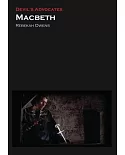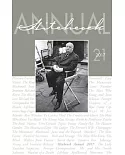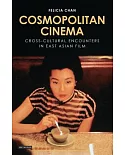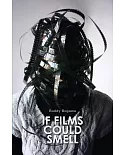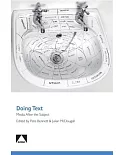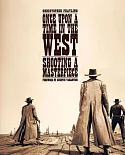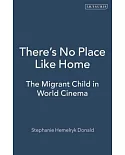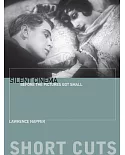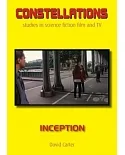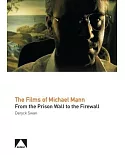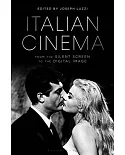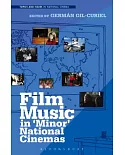Volume 2 spans the period of Mohammad Reza Shah’s rule, from 1941 until 1978. During this time, Iranian cinema flourished and became industrialized. At its height, the industry produced more
than ninety films each year. The state was instrumental in building the infrastructures of the cinema and television industries, and it instituted a vast apparatus of censorship and
patronage. During the Second World War, the Allied powers competed to control the movies shown in Iran. In the following decades, two distinct cinemas emerged. The more popular tradition,
commercial filmfarsi movies, included tough-guy films and the stewpot genre, melodramas with plots centered on the rapidly changing institution of the family. The new-wave cinema was a
smaller but influential cinema of dissent. Ironically, the state both funded and censored much of the new-wave cinema, which grew bolder in its criticism as state authoritarianism
consolidated. Produced by Westernized filmmakers in collaboration with dissident writers, the new-wave cinema did well in international film festivals. A vital diverse documentary cinema also
evolved.
In A Social History of Iranian Cinema, Volume 3: The Islamicate Period, 1978–1984, Naficy takes up the massive transformation of Iran’s film industry after the Islamic Revolution.
Volume 4: The Globalizing Era, 1984–2010 addresses the revival of cinema as an art form and an ideological state apparatus under the Islamic Republic.


